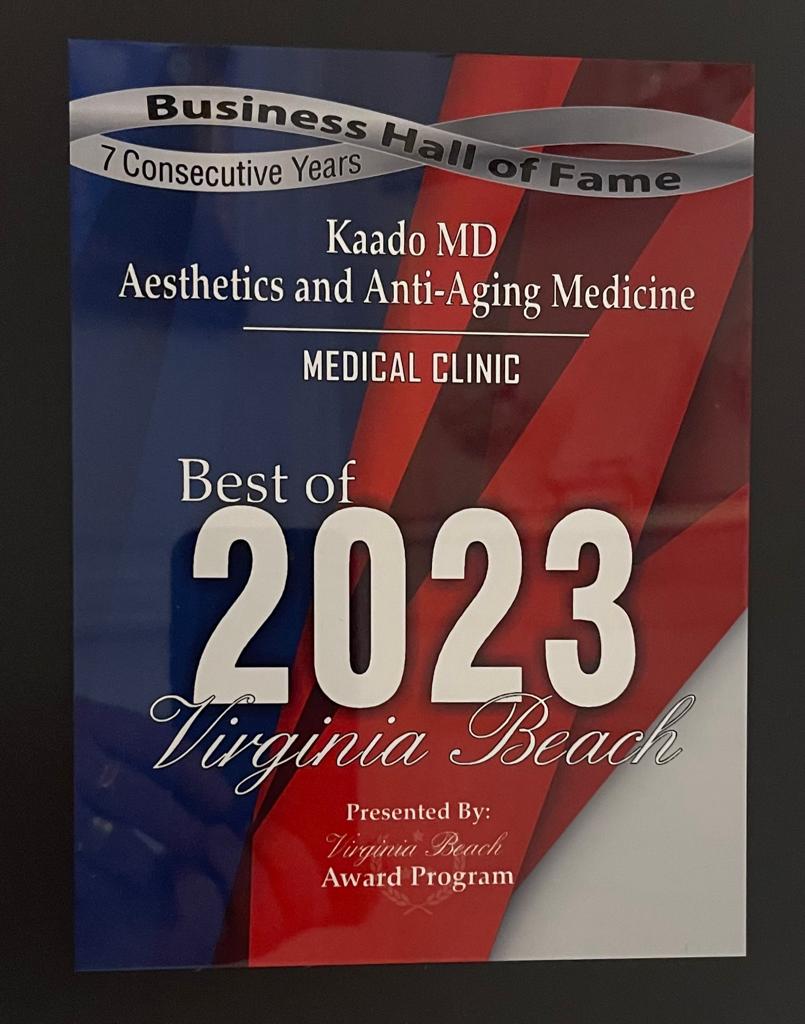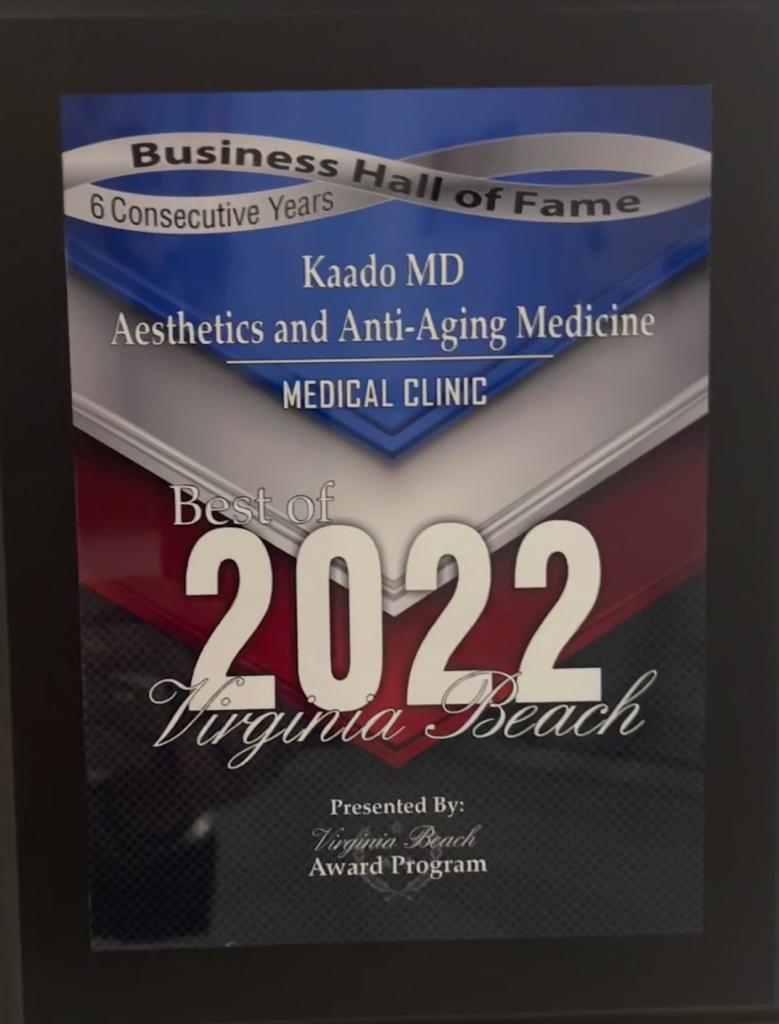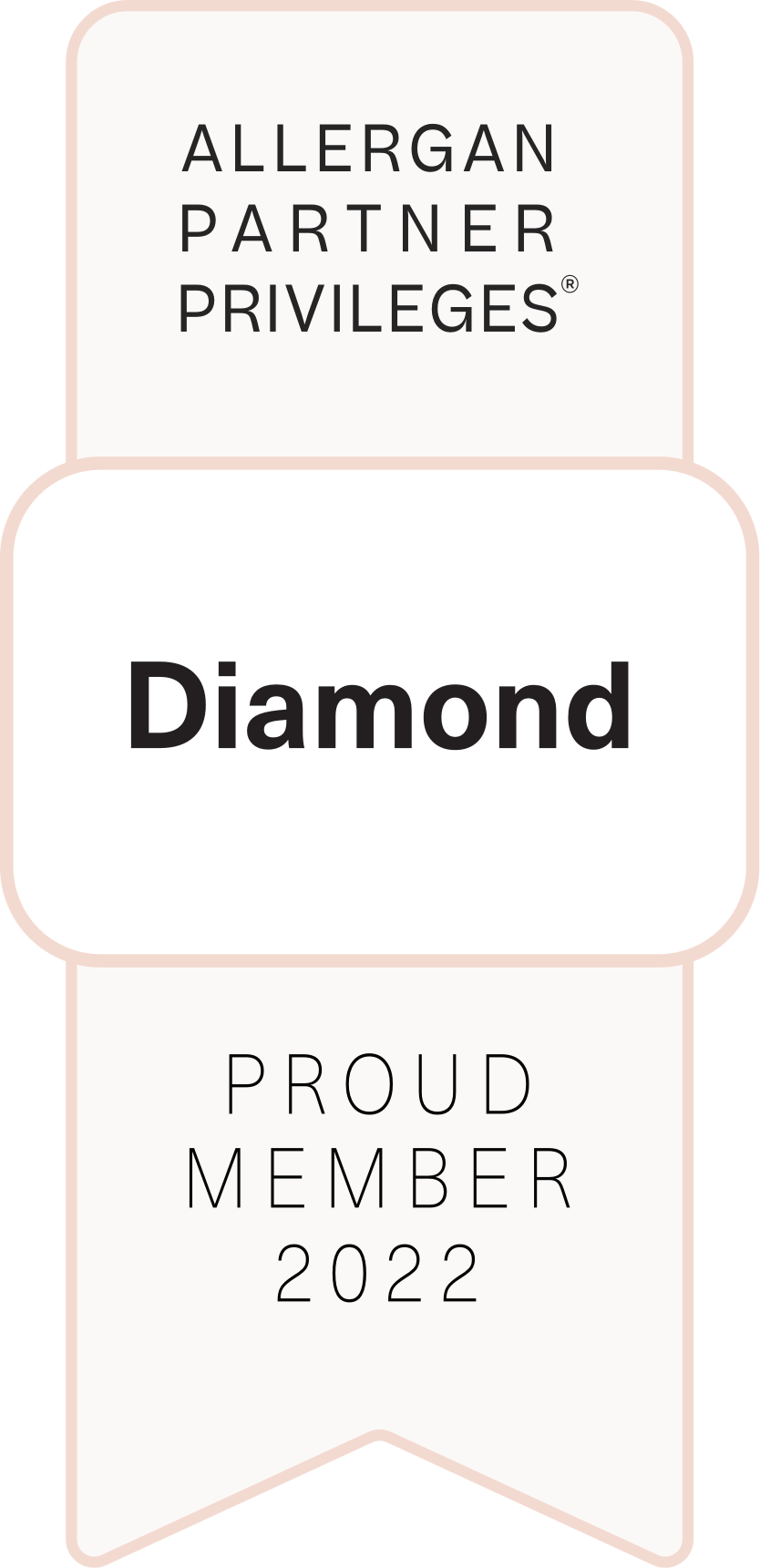“PRP” stands for platelet rich plasma. Platelets are the component of blood that becomes aggregated when you have a wound that is bleeding. This aggregation, or “clumping together,” is what causes the blood to clot. They also contain a high concentration of natural growth factors, including cytokines.
Cytokines are small proteins that affect the behavior of the cells around them. They promote cell-to-cell communication and signaling, and regeneration of the skin. Essentially, they activate the healing of soft tissue and bone.
PRP has a myriad of uses, including:
- Hair restoration
- Eyebrow restoration
- After laser treatment
- Wound healing
- Hyperpigmentation
- Acne scars
- Collagen remodeling
- Facial Rejuvenation
- Stretch Marks
- Surgical wounds and scars
PRP: An Advance in Anti-Aging
The effectiveness of PRP in assisting the body to heal is well researched and well established. It was first used in an open-heart surgery procedure in 1987 and, since 2006, has been used for facial rejuvenation in Europe, Australia, and Japan, as well as the United States.
PRP is the second part of a two-part procedure, also known as Collagen Induction Therapy.
Schedule a Consultation
Lasers with PRP:
After treatment with lasers—especially CO2, Dr. Kaado uses PRP to enhance results and help the skin heal more quickly. He is diligent in ensuring every patient gets the best possible results, and this sometimes means adding treatment to the original procedure.
Microneedling with PRP
The first part is called “microneedling.” Together, PRP and microneedling form a minimally invasive treatment for wrinkles, fine lines, sagging skin and scars by promoting collagen production and improving elasticity. The re-injection of platelets into the face offers an additional benefit, besides the improved volume and skin texture: It restores a rosy hue to skin that has become pale, gray or generally dull, which is something that no other injectable dermal filler can do.
What is Microneedling?
Microneedling is a procedure in which a small device with very fine needles is passed over the skin, creating tiny, controlled wounds, or punctures, each of which creates a channel in the skin. It is these wounds that bring blood to surface of the skin and cause the body automatically to produce collagen and elastin as part of its natural healing process to fill them. This both helps plump up the skin, creating a smoother surface, as well as stimulates the release of growth factors and cytokines.
The Procedure and Recovery
Once the blood has been centrifuged, the PRP is placed topically to allow penetration into the small wounds, or channels, created by the microneedling. This further plumps up the skin and, due to the growth factors and cytokines, signals the body to develop new collagen, new blood vessels, and even new fatty tissue, all of which improve skin volume and texture immediately, as well as over time.
The total procedure takes about an hour, and the slight pinkness and tingling from the microneedling and PRP injections should fade in 24 – 72 hours. Since it usually takes the body anywhere from two to three months to reach the point of full collagen production, you will likely see improvements continue over that period of time. The final results, however, can last as long as two years.
The overall treatment plan will, of course, depend on the condition of the skin at the start and the desired result. Typically, three is the recommended number of sessions for many patients, and they would be scheduled approximately four weeks apart, to give the body a chance for the healing process to be well underway before a subsequent treatment.

What is a Cannula?
A cannula derives from the Latin word “little reed” and is a thin tube with a blunt tip that can be used to inject or remove fluid from the body. Advancements in techniques for the production of cannulas, including “micro-cannulas,” make it possible to achieve superior results with dermal fillers. Dr. Kaado focuses on creating superior results in all facial enhancements so you can expect an exceptionally smooth and natural result. He chooses to administer fillers with a cannula, rather than a needle, and is known for achieving exceptionally beautiful results with this method.
Cannulas vs Needles
Dr. Kaado’s goal is to make the treatment as pain-free and effective as possible, with some of the best results that can be achieved. This includes staying ahead of the curve on the latest advancements in aesthetic and anti-aging technology for improved procedures to improve and enhance results and patient experience.
Before cannulas, dermal fillers were delivered using hypodermic needles, which are sharp and rigid. Needles have a higher potential of piercing an artery or vein as well as cause more swelling and bruising through a higher disturbance of the tissue. Dr. Kaado and other practitioners at the leading edge of cosmetic surgery have adopted a new approach, which is the use of blunt-tipped cannulas rather than needles. If you wish to learn more, contact us today and schedule a consultation.

Contact
Schedule a consultation with us, and discover a clinic where achieving true beauty defines how we perform every treatment.
© Kaado MD. All Rights Reserved. Web Design & Internet Marketing by Studio III | Privacy Policy
* A $75 consultation fee applies to all breast augmentation, penis-related and butt augmentation consultations. If the patient chooses to move forward with treatment, this $75 fee will be credited toward the cost of the procedure. The $75 consultation fee is non-refundable.




















